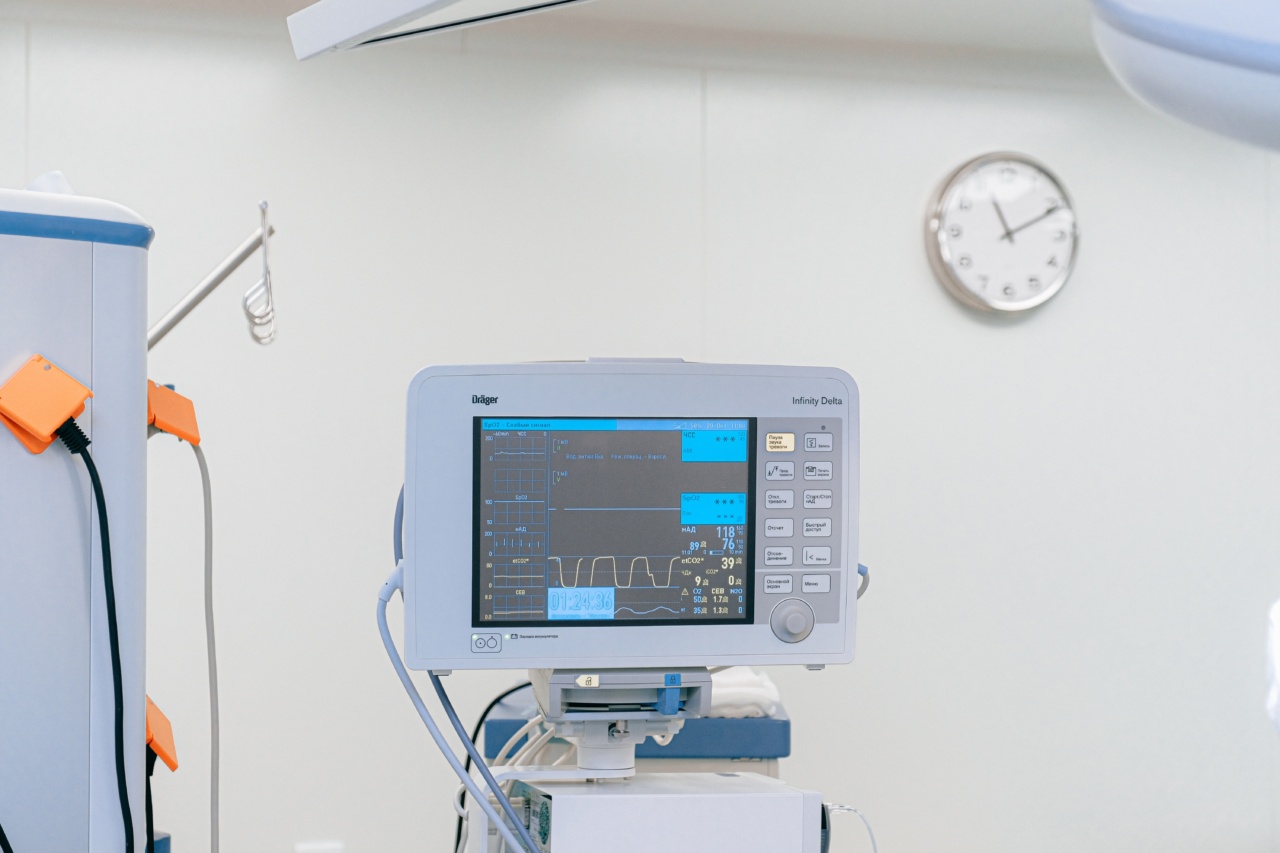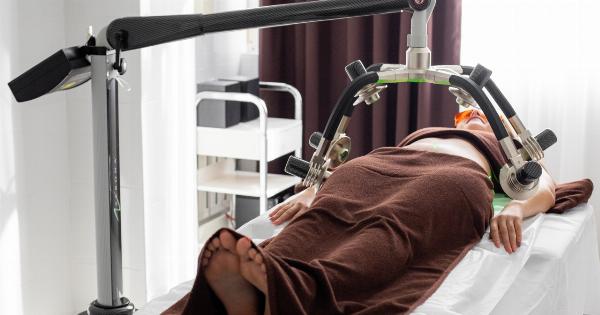Warts are small skin growths that are caused by the human papillomavirus (HPV). They are very common and usually harmless, but in some cases, they can cause pain and discomfort. In rare cases, warts may require emergency surgery to remove them.
It is important to know when surgery is necessary and what the risks and benefits are.
Types of Warts
There are several types of warts, which are classified based on their appearance and location:.
Common Warts
Common warts, also known as verruca vulgaris, are rough, raised bumps that usually appear on the fingers, hands, and knees.
Plantar Warts
Plantar warts are hard, flat warts that grow on the soles of the feet. They can be painful to walk on and can affect a person’s balance.
Flat Warts
Flat warts are small, smooth warts that are often found on the face and neck. They may also appear on the arms, legs, and other parts of the body.
Genital Warts
Genital warts are usually small, flesh-colored bumps that appear around the genitals and anus. They are considered a sexually transmitted infection (STI) and are caused by certain strains of HPV.
When to See a Doctor
In most cases, warts can be treated with over-the-counter medications or by a dermatologist. However, there are some cases where emergency surgery may be necessary. These include:.
Large Warts
If a wart is very large or is causing significant pain or discomfort, surgery may be necessary to remove it. This is especially true for plantar warts that affect a person’s ability to walk or balance.
Warts that Bleed
If a wart starts bleeding or oozing pus, it may be infected. In this case, surgery may be necessary to remove the infected tissue and prevent further complications.
Warts on the Face or Genitals
Warts that appear on the face or genitals are usually treated more aggressively than warts on other parts of the body. Surgery may be necessary to remove these warts and prevent the spread of infection.
How is Wart Removal Surgery Done?
There are several different surgical techniques that may be used to remove warts:.
Cryotherapy
Cryotherapy involves freezing the wart with liquid nitrogen. This kills the wart and causes it to fall off within a few days. This is a common treatment for warts that are small and located on the surface of the skin.
Electrosurgery
Electrosurgery involves using an electric current to burn the wart. This kills the wart and cauterizes the surrounding tissue, preventing bleeding. This is a common treatment for warts that are larger and deeper in the skin.
Laser Surgery
Laser surgery involves using a concentrated beam of light to destroy the wart. This is a precise and effective treatment for warts that are difficult to reach with other methods.
Recovery and Risks
After wart removal surgery, you may need to keep the affected area dry and covered for a few days. You may also need to avoid certain activities, such as swimming or jogging, until the area heals.
As with any surgery, there are risks associated with wart removal surgery. These include bleeding, infection, scarring, and nerve damage. Your doctor will discuss the risks and benefits of surgery with you before the procedure.
Conclusion
In most cases, warts can be treated with medications or minor procedures. However, if a wart is causing significant pain or discomfort, or is located on the face or genitals, surgery may be necessary.
It is important to talk to your doctor about your options and the risks and benefits of each treatment.




























